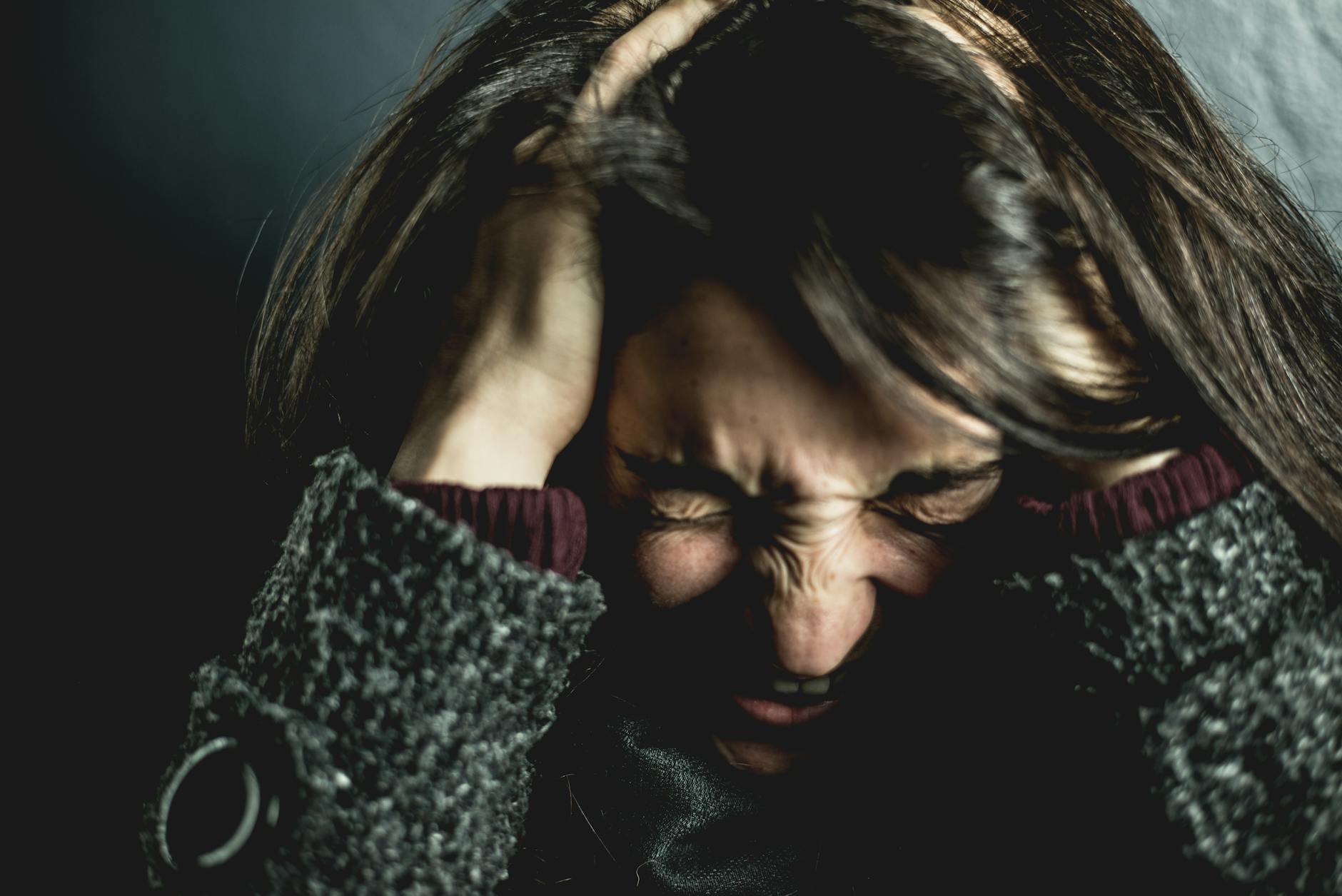What is anxiety relief?

What is anxiety relief?
In today’s fast-paced world, anxiety can feel like an unwelcome companion. It’s not just a fleeting emotion; it can impact your productivity, personal development, and overall quality of life. Understanding anxiety relief is crucial, especially for those aiming to improve their work-life balance and personal effectiveness. So, what exactly does anxiety relief entail? Let’s explore this together.
Understanding Anxiety
Anxiety is more than just feeling stressed or worried. It’s a complex emotional response that can manifest as feelings of fear, tension, or apprehension. Imagine standing on the edge of a diving board, heart racing, palms sweaty—that’s anxiety in action. It’s the body’s way of reacting to perceived threats, whether real or imagined.
Symptoms of Anxiety
Recognizing the symptoms of anxiety is essential for managing it effectively. Common signs that can interfere with your productivity include:
- Physical Symptoms: Racing heart, sweating, trembling, or feeling light-headed.
- Emotional Symptoms: Constant worry, irritability, or a sense of impending doom.
For a deeper look at anxiety symptoms, you can refer to resources like Mayo Clinic’s overview.
Causes of Anxiety
Several factors can trigger anxiety, particularly in today’s demanding work environment. Some typical causes include:
- Work Pressures: Tight deadlines and high expectations can create a pressure cooker effect.
- Life Changes: Major transitions, such as moving to a new city or starting a new job, can heighten anxiety levels.
- Personal Expectations: Setting unrealistic goals can lead to feelings of inadequacy, amplifying anxiety.
For more insights into the causes of anxiety, check out the Cleveland Clinic’s article.
Methods of Anxiety Relief
Fortunately, there are various techniques for managing anxiety that can seamlessly fit into your daily routine. Here are some effective methods to consider:
Mindfulness and Meditation
Mindfulness and meditation practices can significantly help you find calm amidst chaos. By focusing your thoughts and fostering an attitude of acceptance, you can reduce anxiety levels. For instance, a simple breathing exercise—taking deep, controlled breaths—can ground you in the present moment, alleviating feelings of panic.
Explore more about mindfulness through the insightful guide at Mindful.org.

Photo by David Garrison
Physical Activity and Exercise
Did you know that engaging in regular physical activity releases endorphins, often referred to as “feel-good” hormones? Exercise not only improves your mood but also reduces symptoms of anxiety. Whether it’s a brisk walk, a dance class, or a gym workout, moving your body can provide a significant boost to your mental well-being.
For more information on how exercise can combat anxiety, visit Harvard Health.
Therapeutic Approaches
Cognitive Behavioral Therapy (CBT) is one of the most popular therapeutic methods for anxiety relief. It helps individuals identify negative thought patterns and replace them with healthier, more constructive ones. If you find yourself stuck in a cycle of anxious thoughts, CBT can provide the tools needed to break free.
Learn more about CBT and its effectiveness in treating anxiety disorders at the NHS website.
Practical Tips for Anxiety Relief
Incorporating anxiety relief strategies into your daily life doesn’t have to be overwhelming. Here are some practical tips that can fit into even the busiest schedules:
Breathing Techniques
Breathing exercises are powerful tools you can use anywhere, whether at work or home. Try the 4-7-8 technique: Inhale deeply for four seconds, hold for seven seconds, and exhale slowly for eight seconds. This simple practice can help calm your mind and body.
If you want more anxiety management tools, MD Anderson offers a variety of techniques you can explore.
Time Management Strategies
Effective time management can significantly alleviate anxiety related to workloads and deadlines. Consider breaking tasks into smaller, manageable steps and prioritizing them based on importance. Using tools like calendars or to-do lists can help keep you organized and reduce the feeling of being overwhelmed.
You can find various tips for managing time and reducing anxiety here.
Conclusion
Understanding and applying anxiety relief methods is essential for enhancing productivity and overall well-being. By integrating techniques such as mindfulness, physical activity, and effective time management into your daily routine, you can significantly reduce anxiety levels. Remember, you’re not alone in this journey; many resources and strategies are available to help you thrive. Embrace these methods and take the first step toward a calmer, more productive life!